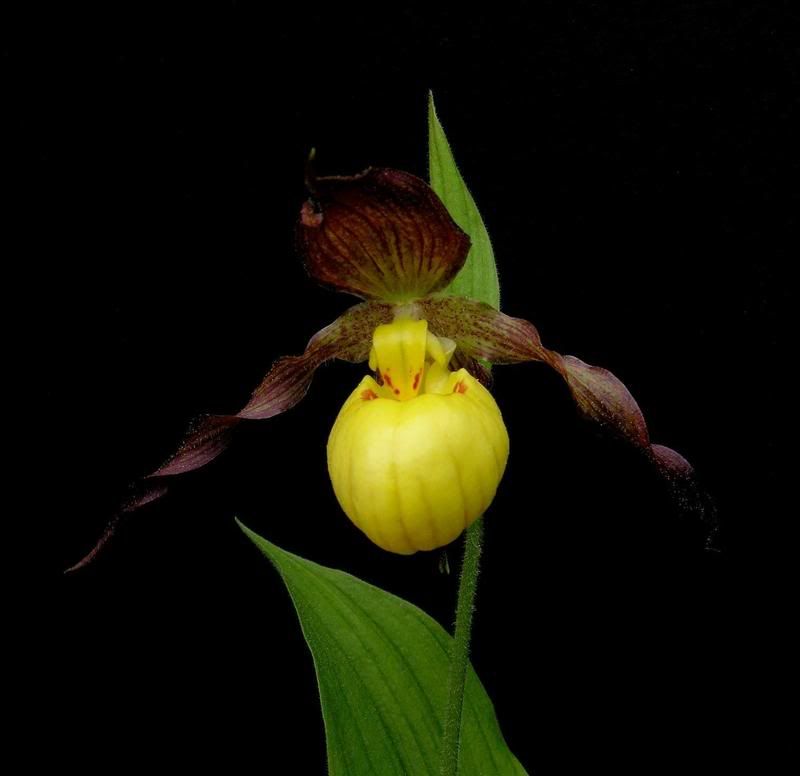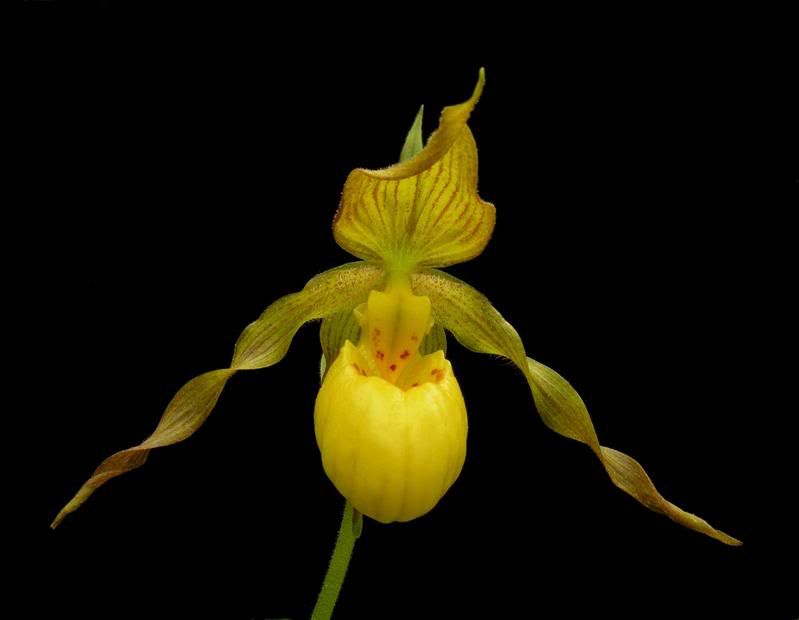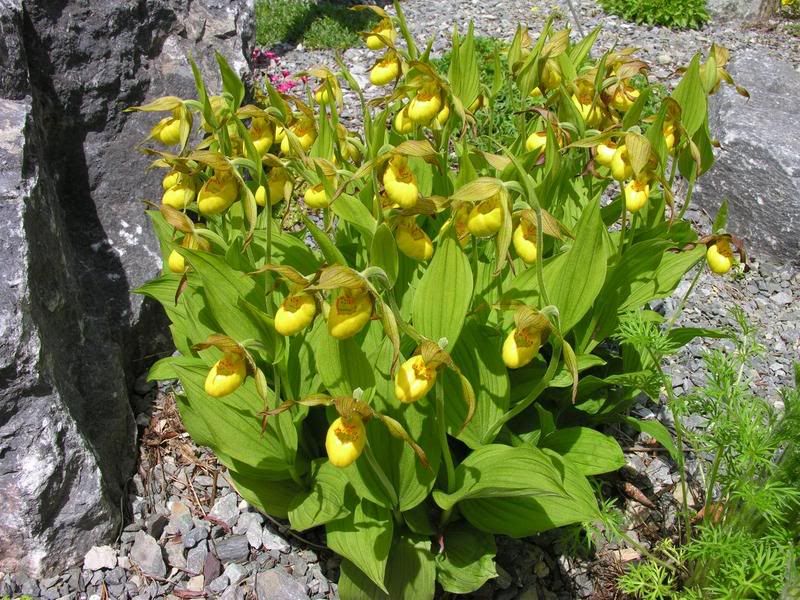P
P-chan
Guest
They're so sweet! Nice save. 

The people you know, where are they growing them, and where did the plants come from? I wouldn't mind getting one of these and seeing how it does here. This 'variety' has been found in Manitoba, but I've never seen it.

....... Although, Cyp. Gisela is using var. parviflorum (or perhaps makasin), and not pubescens. That would be Aki.
KyushuCalanthe - I agree, I'd like some more testing to be done too. I've definitely learned a lot about the RHS since joining this forum. Seems the'll accept almost any cross, and change the rules whenever they want. I know they are the final word, but don't they take into account respected taxonomists' writings and findings? Sometimes they do, I guess, which leads to things like Sophronitis purpurata, and then sometimes they don't like in this var. planipetalum case. Weird.
What I meant by my question, is, did the plants come from a very 'harsh' environment, and is that where they are being grown now? Newfoundland has the most cases of this 'variety', and, although it is not as cold as other areas, it would be classified as 'harsh' - am I right, Todd? If transplanted to a less 'harsh' location, the theory is that they would revert back to the typical var. pubescens look.
Do you have any pics of the straight variety, that is, of plants being grown in Germany?




Enter your email address to join: